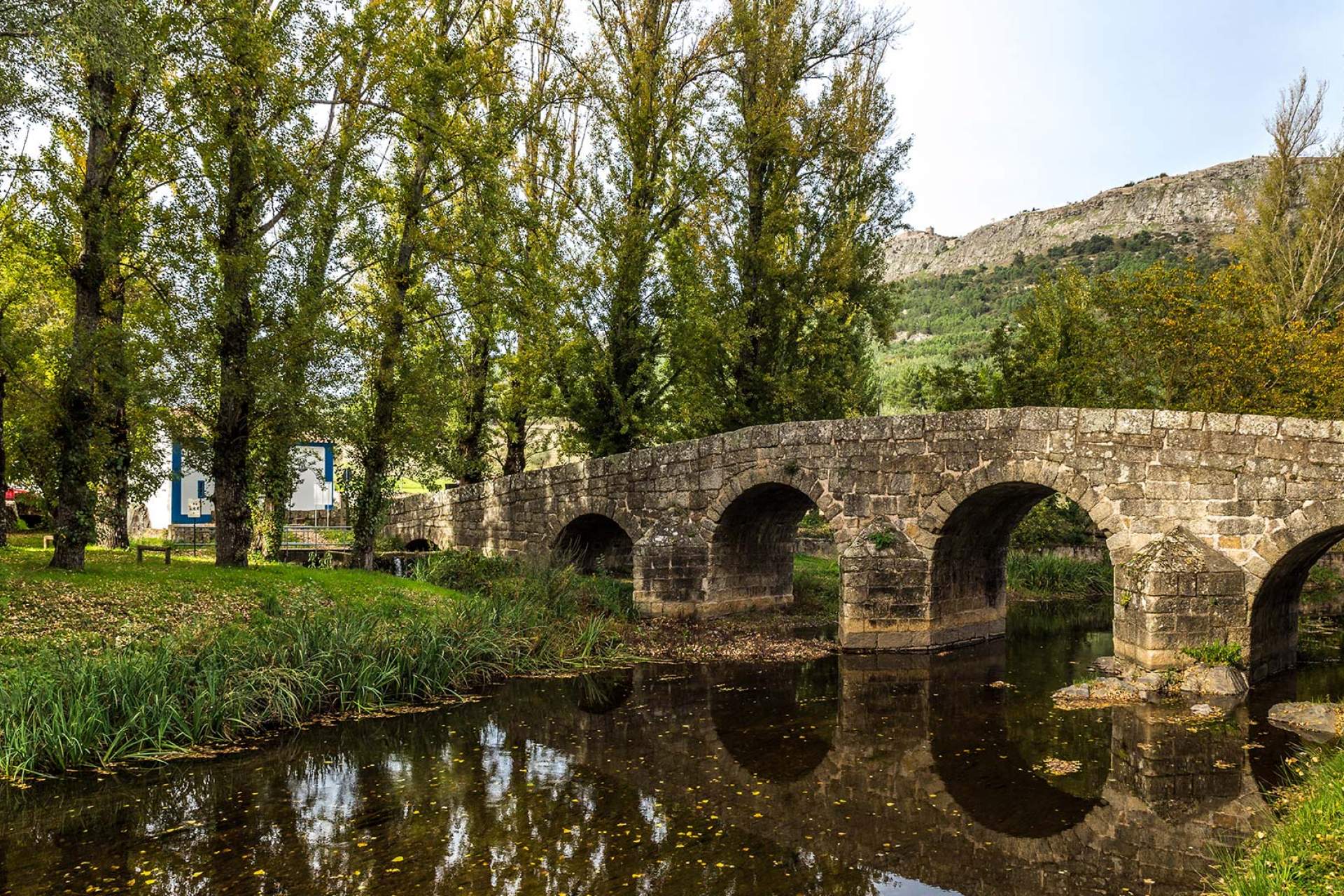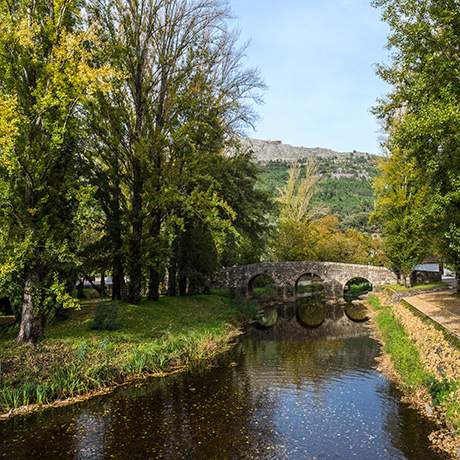
Toll Bridge - Marvão
A 16th century bridge.
Tradition has it that this bridge over the river Sever had tolls implemented by King D. João II (1455-1495) to control and tax the entry of Jews expelled from Castile and Aragon, in Spain. Hence the name of the small village, near Marvão.
According to chroniclers of the time, about 15,000 Jews crossed this toll coming from Alcántara, in Castile. The tower, built probably in the 14th century, controlled the passage through the bridge and charged the value for each person who entered the Kingdom. Today, this tower is a memorial to refugees who crossed the bridge in 1492.
Many of these people crowded in an improvised refugee camp near Castelo de Vide. Some integrated into the villages nearby, but others died without getting past this toll.
This is a bridge with strong implications in the collective mentality of the inhabitants of the region. Integrated in a Roman Road, may have foundations from that time. However, the most significant of these is a set of legends that associates the construction of the bridge to a pact with the devil, a relatively common legend in very old bridges in the Iberian Peninsula, especially those of Roman origin.
Address:
Rua da Ponte Romana, Marvão
Close



